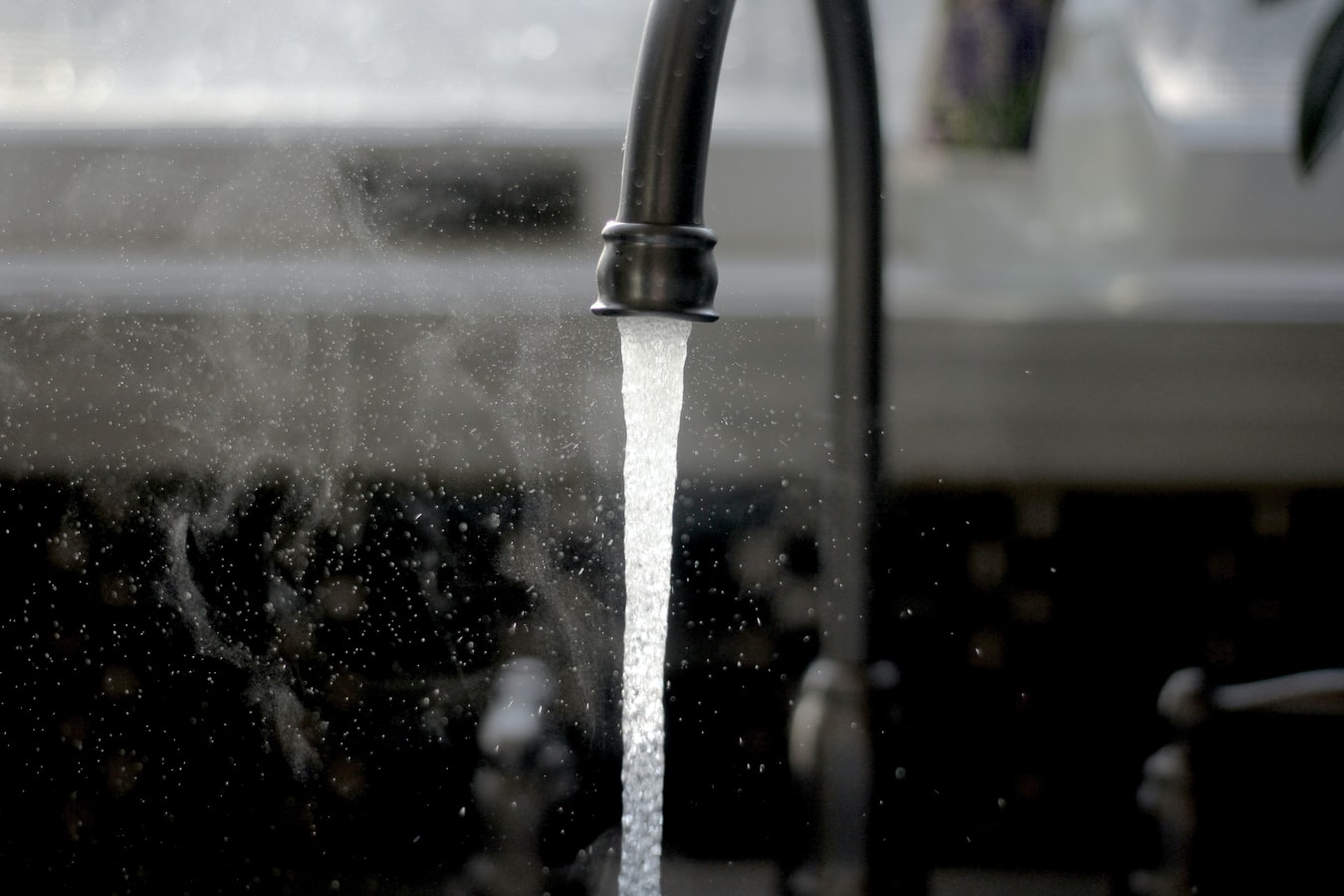
Moving into a house can be a challenge. You have to set up rooms then decide if any changes have to be made. It can take weeks or months for it to feel like it’s a home. It’s even more of a challenge when you move into an older residence. There might be more to do, including upgrades to the mechanics that deliver water to sinks and tubs. For more information, here are some plumbing improvements you might need to make when moving into an older home.
Water Heater Upgrade
The water heater is the first thing you should look at when you settle in. Though it may not show any signs of a leak it still might have issues. For instance, the collection of sediment inside the tank limits the amount of water heated. Or the connection to the water pipes can be rotted. Get a plumber involved in the maintenance and possible replacement.
Replace Copper Pipes
The use of PVC pipes didn’t become a regular part of home construction until 1970. Thus, a house that’s no older than six decades might still have copper water lines. These tend to rust over and start to leak. Furthermore, the metal’s components seep into your water and can cause illness. Regardless of their condition, they need to be replaced with PVC.
Retile and Grout Bathroom Tubs and Showers
The equipment that allows water to travel to destinations around the house isn’t the only item to upgrade. You also want to look into locations that receive it. In this case, examine the tile and grout in tubs and showers. Worn spaces can reveal areas that have been damaged by water. Pull these tiles, replace them, and grout the area. While you do this, check the pipes to see if there are any leaks. Also, put in a water-efficient showerhead or faucet to minimize waste.
Upgrade the Outdoor Sprinkler System
A lot of water waste comes from outside areas. Sprinkler systems are particularly susceptible to wear and damage. The result is leaks and sprinkler heads with too much or too little pressure. Have these systems checked and updated before you turn it on for the season.
Ready to take these plumbing improvements on? If so, don’t address them all at once. Work on the most important items, like the water heater, first. Gradual updates save you money and ensure you feel comfortable in your new home.


